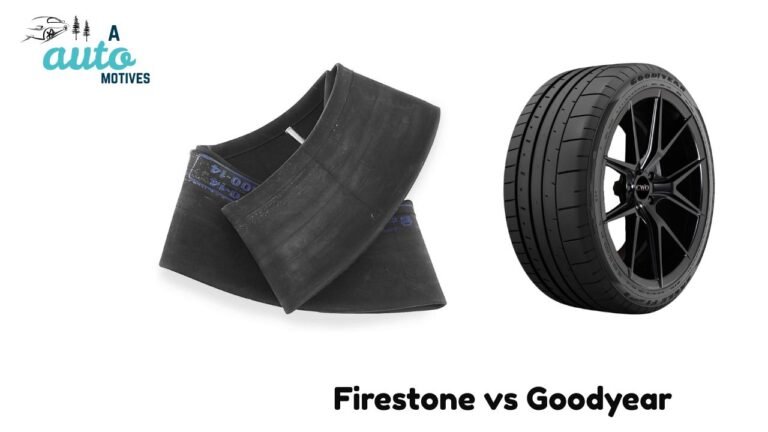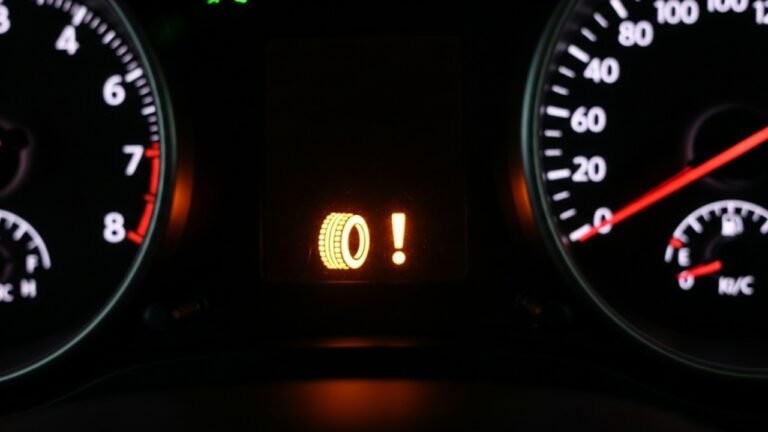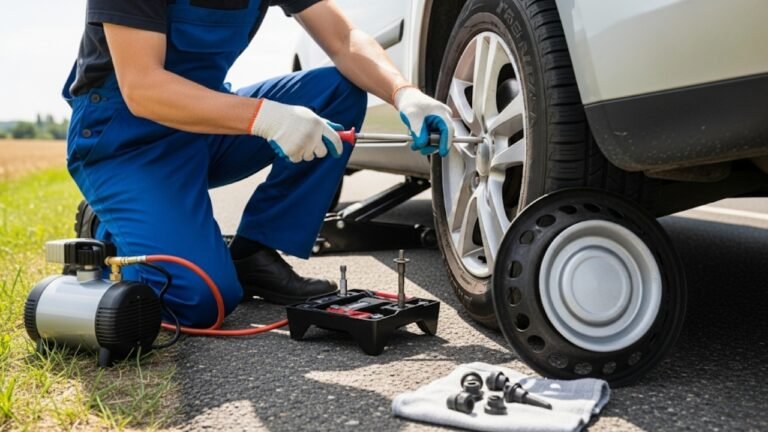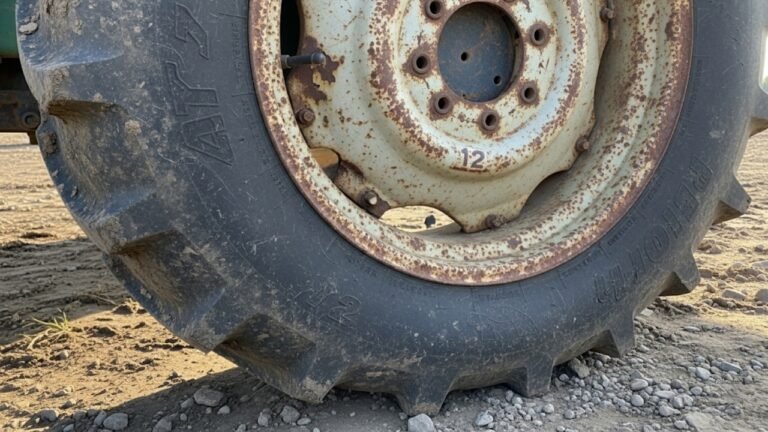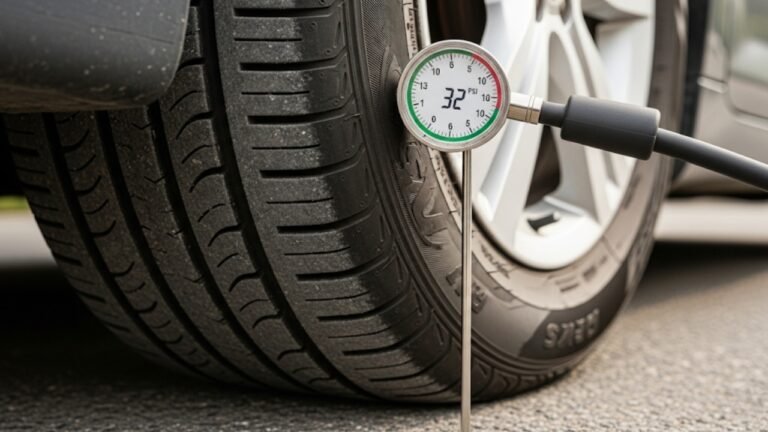Is Lexani Tires Good? My Honest Take
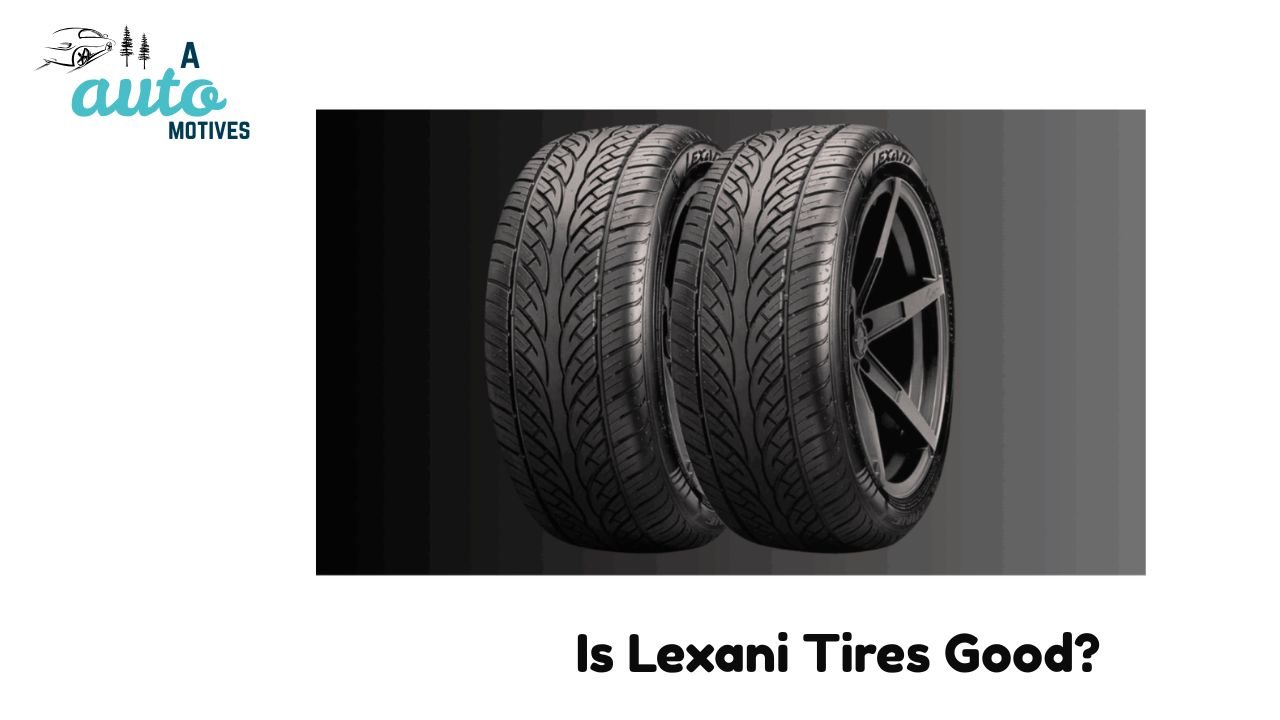
When it comes to buying new tires, most of us face the same inner debate: do we go for a big-name brand that costs a small fortune, or do we take a chance on a budget-friendly option and hope it doesn’t disappoint? That was me not too long ago. My old set of tires had worn down quicker than expected, and I wasn’t ready to empty my wallet again. That’s when I stumbled upon Lexani tires.
They caught my eye because of their sleek design and surprisingly low price. At first, I’ll admit—I was skeptical. You know the saying, “you get what you pay for”? I didn’t want to be the guy stuck on the side of the road regretting a decision made to save a few bucks. But curiosity got the better of me, and I decided to give Lexani a shot.
What followed was months of everyday driving—city streets, highways, rainy commutes, and even a little gravel road adventure. In this review, I’ll share my honest take on how Lexani tires perform in real life. If you’re considering them, my experience might save you from second-guessing.
Performance on the Road: How Do They Really Drive?
The first thing I noticed after installing Lexani tires was their grip on dry pavement. They held the road better than I expected. Acceleration felt steady, and cornering was stable, even when I pushed the speed a little. It wasn’t on the same level as Michelin or Pirelli, but for the price, it impressed me.
The story changes a bit in the rain. Lexani tires can handle light showers well, and I didn’t feel like I was skating on water. But under heavy rainfall, braking distance stretched longer than I liked. They resist hydroplaning decently, yet I had to be more cautious than I would with premium tires. For city driving, they’re fine. For high-speed highway runs in a downpour, I wouldn’t call them flawless.
Winter was where I felt the gap. In light snow, they managed. But on icy mornings, I could feel the tires struggling for grip. This isn’t unique to Lexani, though—most budget all-season tires face the same issue. If you live somewhere with harsh winters, you’ll want a dedicated winter tire instead.
Durability: Do They Last or Wear Out Fast?
Here’s the big question for any budget tire—how long will they last? Because if you’re replacing them twice as fast as premium brands, are you really saving money?
I kept track of my mileage, and after about 15,000 miles, I started noticing wear on the front tires. The rear ones were holding up better, but overall, the tread seemed to wear quicker than big-name competitors. That said, they weren’t bald or unsafe—just showing signs of age earlier.
From talking with other drivers and reading reviews, most people get between 30,000 and 40,000 miles out of Lexani tires. That’s about two to four years, depending on how and where you drive. Compared to something like a Goodyear that might last 60,000 miles, the difference is clear. But then again, the upfront cost is much lower.
Comfort and Noise: The Daily Driving Experience
Comfort is a tricky thing to measure, but I’ll describe what it felt like. On smooth city streets, Lexani tires gave me a pleasant ride. They weren’t bouncy or stiff, and they didn’t rattle the cabin. On highways, I did notice more road noise than I get with premium tires. It wasn’t unbearable, but the hum was there, especially around 70 mph.
If you’re the type who values a whisper-quiet cabin, you may find the sound level noticeable. But if you’re used to driving with music or the AC running, it won’t bother you much. For everyday driving, I’d say the comfort level was good enough, especially considering the price tag.
Fuel Efficiency: Do They Help or Hurt Your MPG?
This one surprised me. I always track my fuel economy because, let’s be honest, gas isn’t getting cheaper. Before switching to Lexani, I averaged about 28 miles per gallon. After the switch, my average dipped slightly to around 26.5 MPG.
That’s not a huge drop, but it’s there. The rolling resistance on these tires isn’t as low as eco-focused models from brands like Bridgestone Ecopia. Over time, that half to one mile per gallon difference adds up. Still, I wasn’t expecting a budget tire to boost fuel efficiency—it did the job, just not exceptionally.
Handling and Stability: Can You Trust Them at High Speeds?
I tested these tires on both highways and twisty back roads. For normal driving, they did just fine. They kept the car stable at highway speeds up to about 80 mph. During quick lane changes, they responded decently but lacked the razor-sharp feel of performance tires.
When cornering hard, I could sense a bit of flex in the sidewalls. It wasn’t unsafe, but it reminded me that these tires are built more for affordability than for track-day thrills. If you’re a casual driver, you’ll find them stable enough. If you’re an enthusiast who loves carving corners, you may want something sportier.
What I Really Liked About Lexani Tires
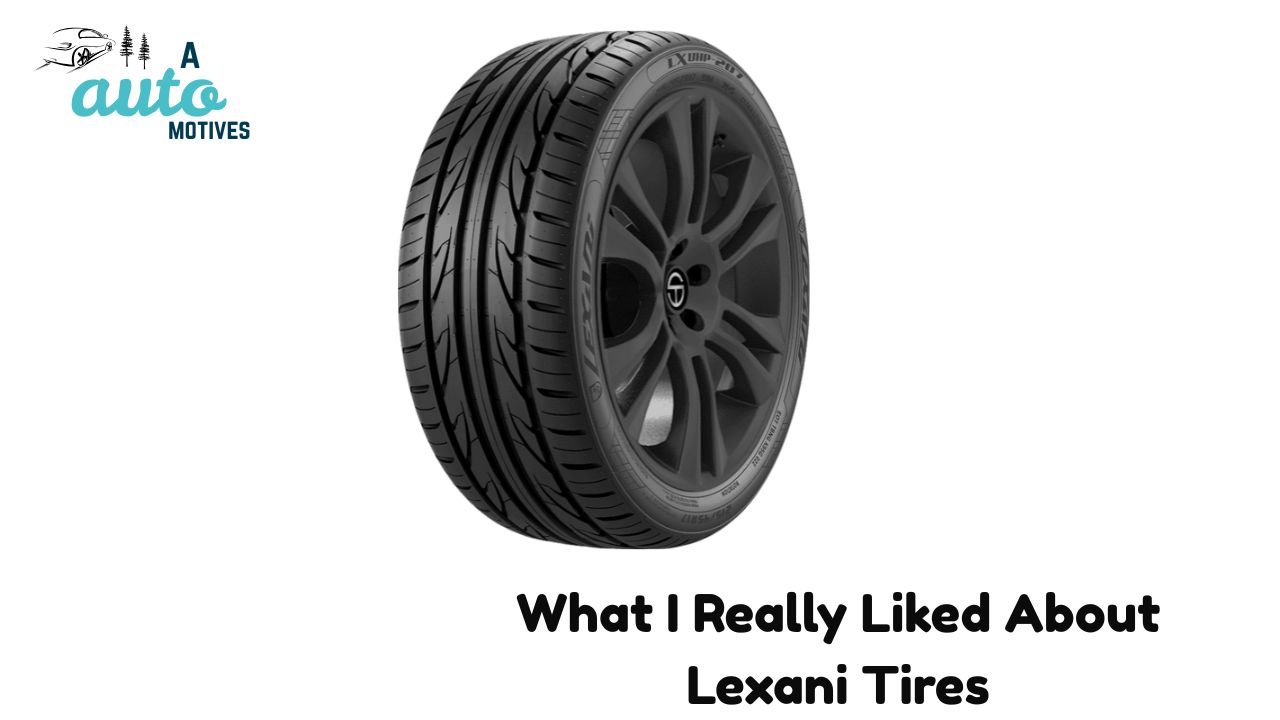
After months of driving, here are the parts of Lexani that stood out to me in a good way:
-
Solid grip on dry roads – Everyday driving felt stable, and I didn’t feel like I was losing traction during normal conditions.
-
Affordable price point – Let’s face it, not everyone wants to spend premium money on tires. Lexani gives you a stylish tire at a fraction of the cost.
-
Decent comfort – For city and highway driving, they balance firmness and smoothness pretty well.
-
Stylish design – Some tire brands look plain. Lexani puts effort into the appearance, which is a nice touch if you care about aesthetics.
-
Good option for budget-conscious drivers – They deliver reliable performance without forcing you to overspend.
Where They Fall Short
Of course, no tire is perfect, and Lexani has its weak spots. Here’s what I noticed:
-
Not great in heavy snow or ice – They can’t replace winter tires. If you live in a snowy region, you’ll need a backup set.
-
Tread wears faster than premium brands – With proper rotations and care, you’ll still get a few years, but they won’t match the lifespan of Goodyear or Michelin.
-
Noise at higher speeds – The hum gets noticeable on rough highways. It’s not unbearable, but it’s louder than top-tier touring tires.
-
Slight dip in fuel economy – If MPG is a priority for you, Lexani won’t give you the best efficiency.
-
Limited availability in some areas – I had to order mine online because local shops didn’t stock them.
Lexani vs. Fullway Tires: A Simple, Honest Comparison
Whenever we talk about budget-friendly tires, Lexani isn’t the only name that comes up. Fullway is another brand that gets attention, often compared side by side with Lexani. I’ve had the chance to try both, and while they share similarities, they also serve slightly different purposes.
Braking & Safety
Both Lexani and Fullway do a decent job with braking under normal conditions. On dry roads, they stop quickly enough to feel safe. In the rain, braking distance is longer than premium brands but still manageable. I’d say they’re on even ground here—both perform well enough for daily driving, but neither is exceptional.
Wet Performance
In terms of handling rain, Lexani has the edge in resisting hydroplaning. I felt more stability driving through puddles compared to Fullway. That said, Fullway holds its own and gives a solid level of control. If you often drive in heavy rain, Lexani might give you a bit more confidence.
Terrain Handling
Here’s where Fullway surprised me. On gravel and dirt roads, they held up slightly better than Lexani. Lexani’s all-terrain models do fine, but Fullway seemed tougher for rougher paths. However, Lexani feels smoother and more comfortable on highways, which makes them better for everyday commuters.
Durability
Lexani’s tread life is average, but Fullway tends to wear down even faster. With Lexani, I can reasonably expect 30,000 to 40,000 miles. With Fullway, I’ve seen drivers report needing replacements sooner. If longevity matters more to you, Lexani gets the point here.
Price
Fullway usually comes in a little cheaper, and that makes it attractive for ultra-budget buyers. But here’s the catch: when you replace them more often, the cost advantage fades. Lexani may cost a bit more upfront, but the balance between price and durability makes it the better long-term deal.
Verdict in Comparison
If you want the cheapest possible option and don’t mind shorter tire life, Fullway might work. But if you want a blend of affordability, comfort, and slightly better long-term value, Lexani is the safer bet.
Who Should Actually Buy Lexani Tires?
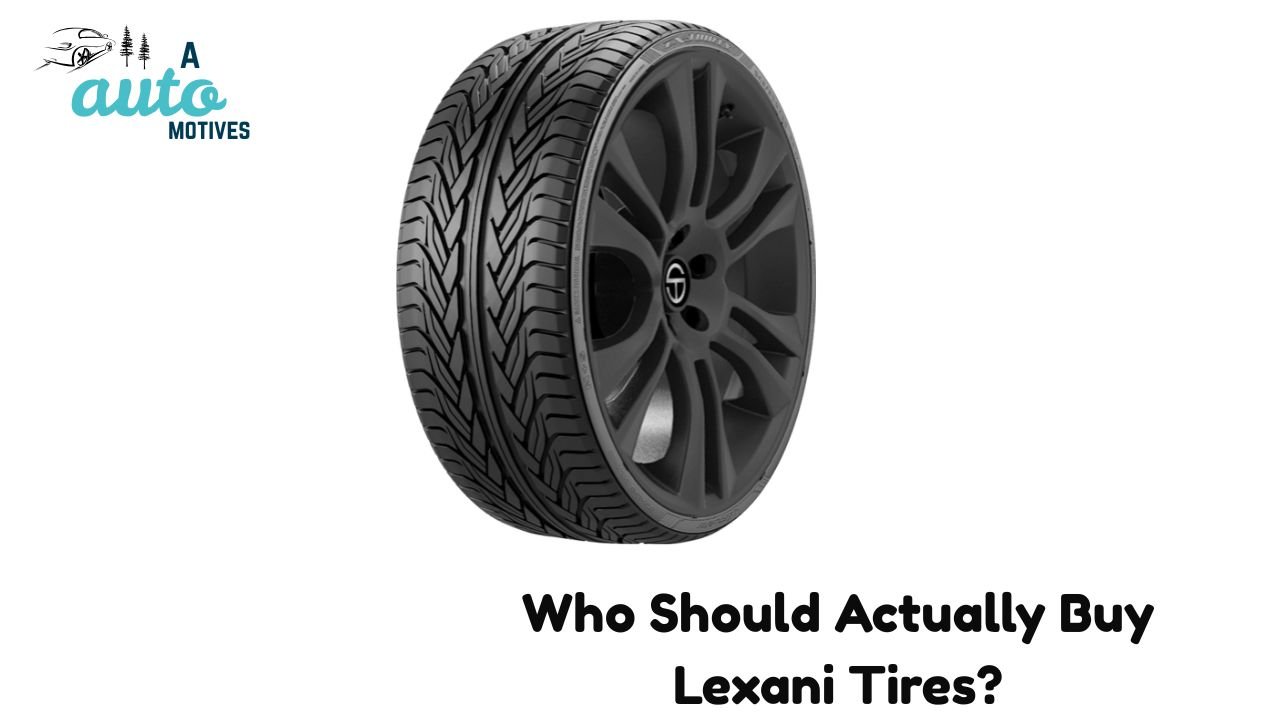
Now let’s get real. Not every driver will be happy with Lexani tires. Like any product, they serve a certain group of people well, and others not so much. Here’s who I think will benefit most:
Great Choice For:
-
Budget-conscious drivers – If you want to save money without sacrificing safety, Lexani fits the bill.
-
City and highway commuters – For daily drives to work, errands, and regular highway travel, they hold up fine.
-
Style lovers – Lexani puts effort into tire design, and they look sharp on the car. If you care about aesthetics, they’re appealing.
-
Casual drivers – If you don’t push your car to the limits, you’ll likely be satisfied with how these perform.
Not Ideal For:
-
Snowy or icy regions – If winter roads are a big part of your life, you’ll need a dedicated winter set.
-
Aggressive drivers or enthusiasts – If you enjoy pushing your car hard into corners, you’ll want a higher-end performance tire.
-
Off-road adventurers – While Lexani does have some all-terrain models, they’re not rugged enough for extreme off-road use.
In short, if you’re someone who wants reliable, everyday tires that won’t break the bank, Lexani makes sense. If you’re looking for elite performance or extreme durability, you may want to spend more.
Final Verdict: Is Lexani Tires Good?
After months of testing and reflecting on my experience, here’s my honest conclusion:
Lexani tires are good for what they’re meant to be—affordable, stylish, and reliable enough for everyday driving. They’re not trying to compete with Michelin or Goodyear in terms of performance or lifespan. Instead, they carve out a spot in the market for drivers who want a balance between cost and capability.
Are they perfect? No. The tread life is shorter, the fuel economy dip is noticeable, and the noise at high speeds may bother some drivers. But for the price, they deliver decent performance, solid comfort, and a confident look.
If you’re expecting top-tier performance on the cheap, you’ll be disappointed. But if you go in with realistic expectations, Lexani tires will likely surprise you in a good way.
So, to answer the big question—Is Lexani Tires Good?
Yes, they are a good budget-friendly option for city and highway drivers. They’re not for harsh winters or high-performance needs, but for everyday use, they’re worth considering.
FAQs About Lexani Tires
1. Are Lexani tires good for all seasons?
Yes, they work well in dry and wet conditions. But in heavy snow or icy roads, they struggle. If you live somewhere with tough winters, you’ll need a winter tire.
2. How long do Lexani tires last?
On average, they last about 30,000 to 40,000 miles, which translates to 2–4 years depending on your driving style. Regular rotations and proper maintenance can help extend their lifespan.
3. Are Lexani tires safe at high speeds?
They handle highway speeds well up to around 80 mph, but they don’t feel as sharp or precise as performance-oriented brands. They’re safe for everyday driving but not ideal for track use.
4. Do Lexani tires make a lot of noise?
They’re fairly quiet at city speeds but get noisier on highways, especially as they wear down. It’s not unbearable, but it’s more noticeable compared to premium touring tires.
5. Are Lexani tires worth the money?
Yes, if you’re looking for budget tires that balance comfort, style, and decent performance. They aren’t the longest-lasting or most fuel-efficient, but they give good value for their price.
6. Can I use Lexani tires for off-road driving?
Some models are marketed as all-terrain, but they’re best for light off-road use. If you plan on serious mud, rocks, or rugged trails, you’ll want a more heavy-duty option.
Closing Thoughts
Buying tires is one of those decisions where balance matters. You want safety, comfort, and reliability, but you also don’t want to overspend. Lexani tires hit that sweet spot for drivers who need a functional, stylish, and affordable set.
They won’t last forever, and they won’t perform miracles in extreme conditions. But they will get you from point A to point B comfortably, safely, and without draining your bank account. For many drivers—including myself—that’s more than enough.
If you’re shopping on a budget and wondering whether Lexani is worth a try, I’d say go for it. Just know their strengths, accept their limits, and they’ll serve you well.

